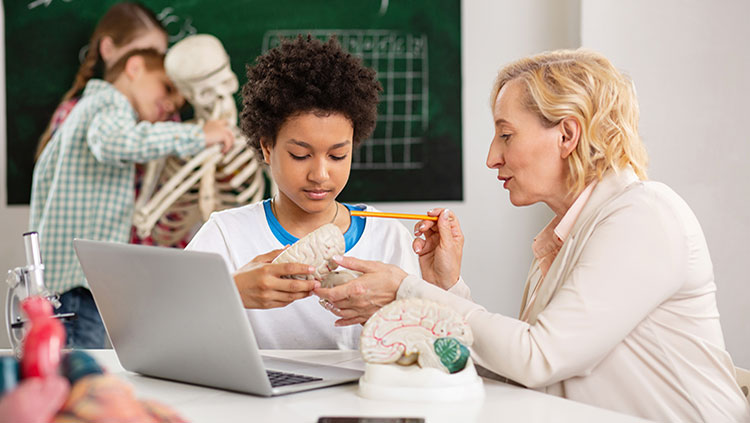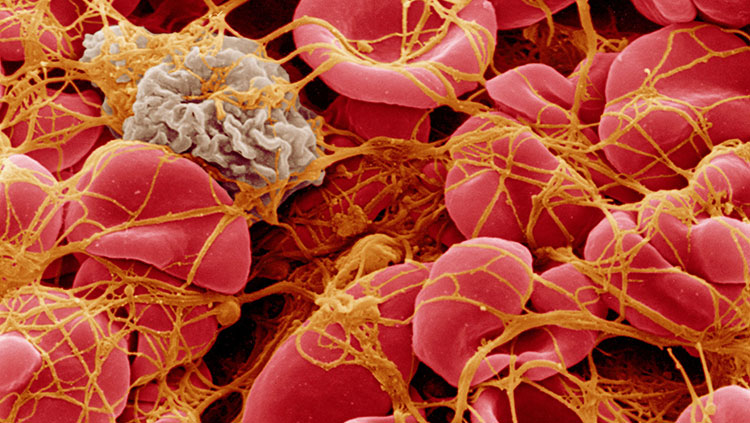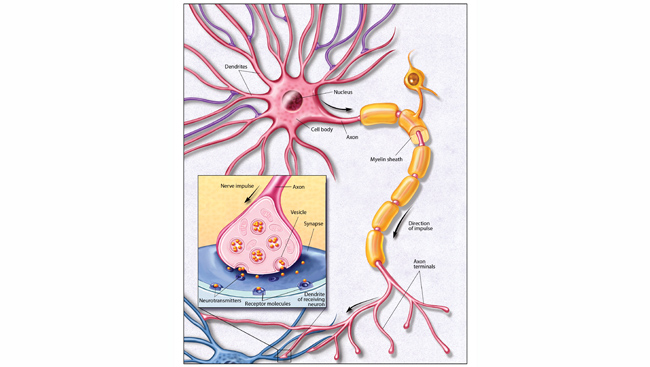The Dos and Don'ts of Classroom Decorations
- Published25 Feb 2019
- Reviewed25 Feb 2019
- Source Edutopia
Did you know that having too many classroom decorations can overstimulate your students and distract them from learning? Read this to discover which decorations are helpful and which are more likely to hinder students.
Access The Dos and Don'ts of Classroom Decorations from Edutopia.
CONTENT PROVIDED BY
Edutopia












